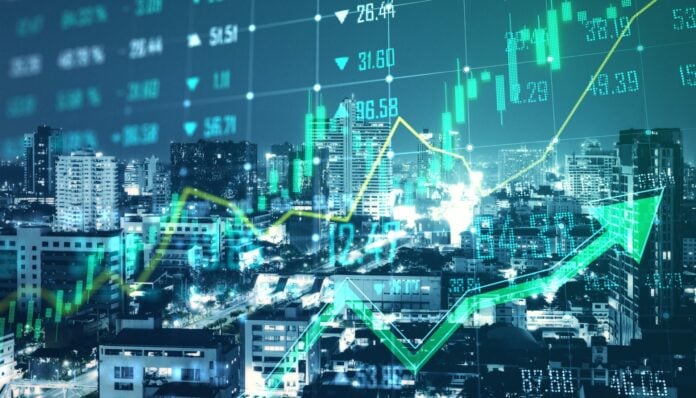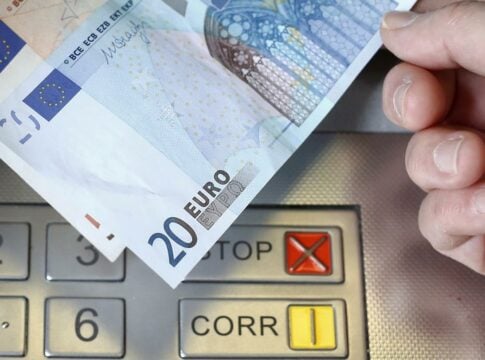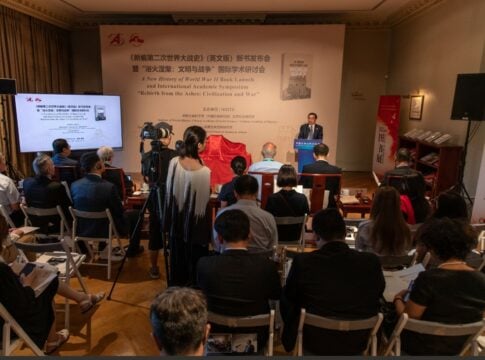As July begins, global markets stand at a critical crossroads. Following a turbulent first half of the year, investors are faced with the challenge of fragile geopolitical balances, fluid monetary policy, and an evolving investment narrative around the rising influence of technology and energy sectors.
According to two new reports from UBS, the US economy will be a key factor in the course of the markets. This is because it greatly influences global expectations for interest rates, the dollar and confidence climate.
Although the Fed has remained stagnant in the first half of the year, analysts predict a shift towards a looser policy with reductions of 100 basis points by the end of the year. At the same time, the ratification of Trump’s bill is expected to bring more “equity-friendly” policies, strengthening the rhetoric in favor of growth in response to debt. However, it is not excluded that it will hurt both bonds and the dollar.
De-dollarization is accelerating
UBS sees a clear weakening trend for the dollar, which has already slipped 6% since the beginning of the year. Fiscal policy instability, the prospect of more aggressive interest rate cuts by the Fed compared to other central banks and the gradual diversification of reserve assets by central banks are leading to further de-dollarization.
Forecasts place the exchange rate with the euro at 1.20 by June 2026. Investment funds will also continue to seek exposure to currencies such as the Swiss franc, sterling and the Australian dollar.
Gold: New rise after correction
The retreat from the historic highs of $3,500/ounce has not changed UBS’s strategic view on gold. The bank predicts a new rally by the end of 2025, supported by geopolitical instability, questions about the independence of the Fed, and increased demand from central banks. It estimates that gold purchases by the latter will exceed 1,000 tons this year – double the average of the past decade.
Oil and Commodities: A Fragile Balance, Multiple Risks
The energy market has remained remarkably “calm” despite tensions in Iran causing a temporary price spike. UBS noted that the absence of immediate disruptions to oil flows through the Strait of Hormuz has helped prices ease by $10/barrel in two days.
However, investors should not be complacent: developments in China, uncertainty about tariffs and disruptions in agricultural production (due to weather or political decisions) are creating an environment of ongoing price adjustments in metals, energy and agricultural products.
The big picture? Nothing is certain. Markets are entering a phase marked by a wider range of potential outcomes.” Risk management, strategic diversification, and investing in structural trends are becoming more critical than ever, in a world that is becoming more complex – not just more dangerous.














